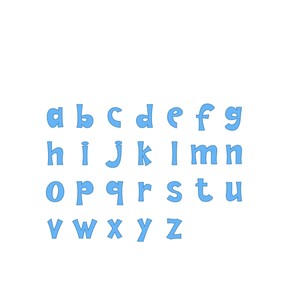



8,000 schools use Gynzy
92,000 teachers use Gynzy
1,600,000 students use Gynzy
General
In this lesson, students will learn how to "stretch" words to spell them. They will practice spelling CVC words, as well as a few other one-syllable words with consonant blends. Activities include: dragging letters into boxes to spell words, listening to words to determine the spelling, and completing words with missing letters.
Standards
CCSS.ELA-Literacy.L.K.2d
Learning objective
Students will be able to spell simple words phonetically drawing on knowledge of letter-sound relationships.
Introduction
Students will identify the letters, "A" and "T." Explain why it is important to learn how to spell words.
Instruction
Explain how to "stretch" words to spell them. Students will follow these steps: 1) Think of a word. 2) Say the word slowly. 3) Listen for each sound. 4) Say a letter for a sound.
Students will drag each letter in the words, "cap," "fan," and "bat" and stretch each phoneme as they drag. They will also sound out the word, "pin" by writing in the beginning, middle, and ending sounds. They will do this with the words, "box," "car," "mask," and "sled." Next, students will complete CVC word by writing in the missing letter(s). Then, they will listen to the speaker say a word and spell it below.
Quiz
Students will respond to ten short-answer questions that involving listening to a speaker and spelling the words they hear.
Closing
Students will recall what they learned in this lesson:
- Why is it important to know how to spell words?
- How can you stretch out a word?
Students will spin the wheel to determine which word they should spell. Lastly, students will play a dice game to practice spelling CVC words and other one-syllable words with consonant blends.
Additional Resources
For more CVC word practice, try our CVC Words Memory Game!
The online teaching platform for interactive whiteboards and displays in schools
Save time building lessons
Manage the classroom more efficiently
Increase student engagement
Discover more!
About Gynzy
Gynzy is an online teaching platform for interactive whiteboards and displays in schools.
With a focus on elementary education, Gynzy’s Whiteboard, digital tools, and activities make it easy for teachers to save time building lessons, increase student engagement, and make classroom management more efficient.



